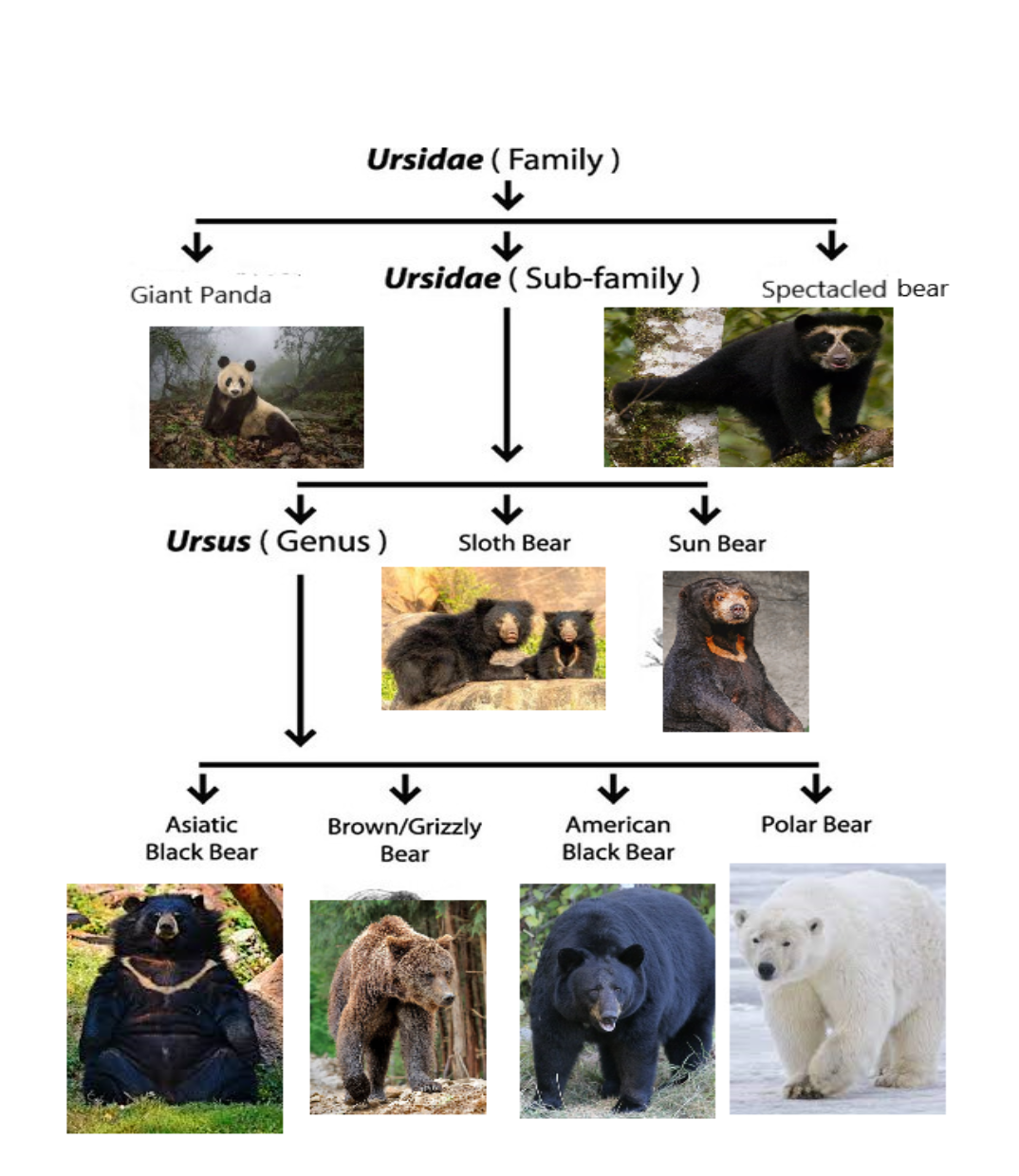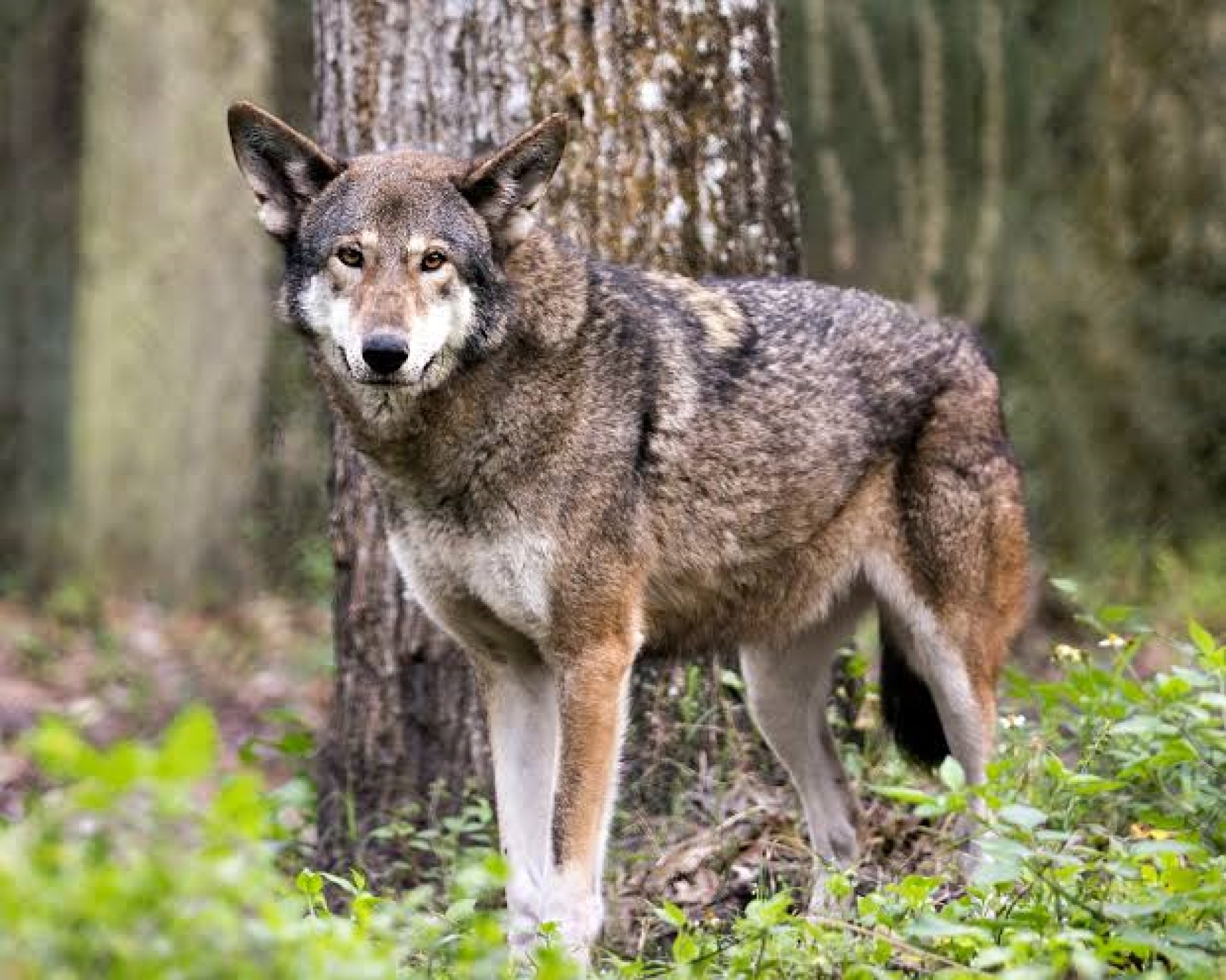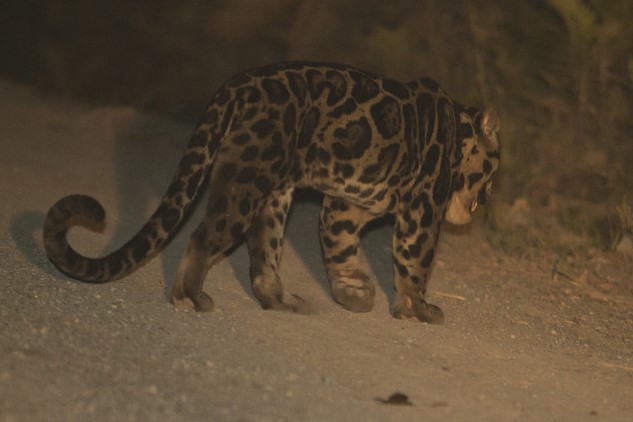They are more closely related to sea lions than to true seals, have external ears, long flippers and the ability to walk on all fours.
This is all the species of fur seals, but the middle fur seal is the only one found in the northern hemisphere.
Do work with us if you work in tourism of fur seals, we are keen over time to list as many tourism opportunities that are to do with, and to help people find you.






















